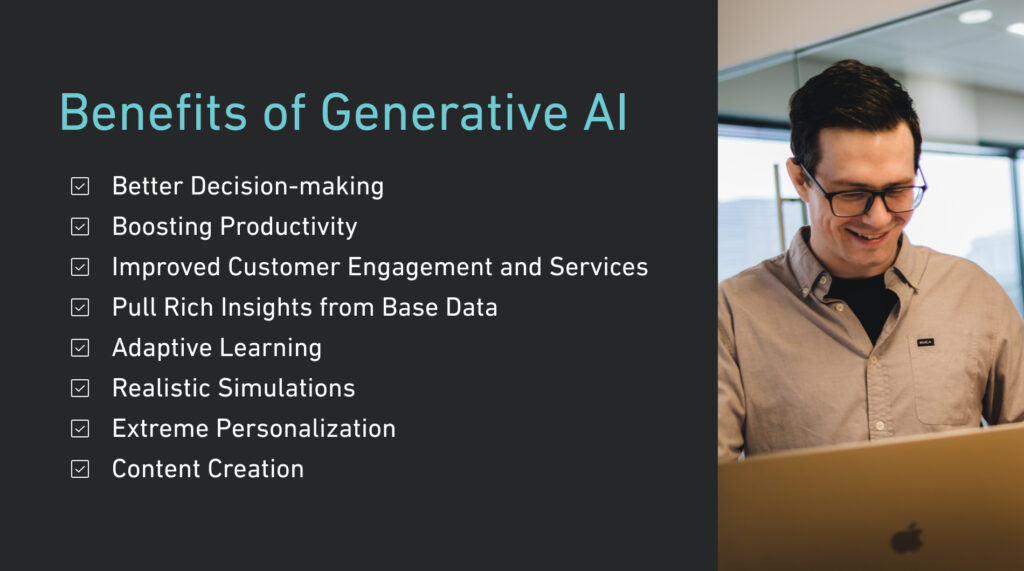Getting Started with Generative AI: A Comprehensive Guide

Nerdery
Digital Solutions Consultancy
Copy Link
Share on LinkedIn
Share on X
Share on Facebook
Share on WhatsApp



